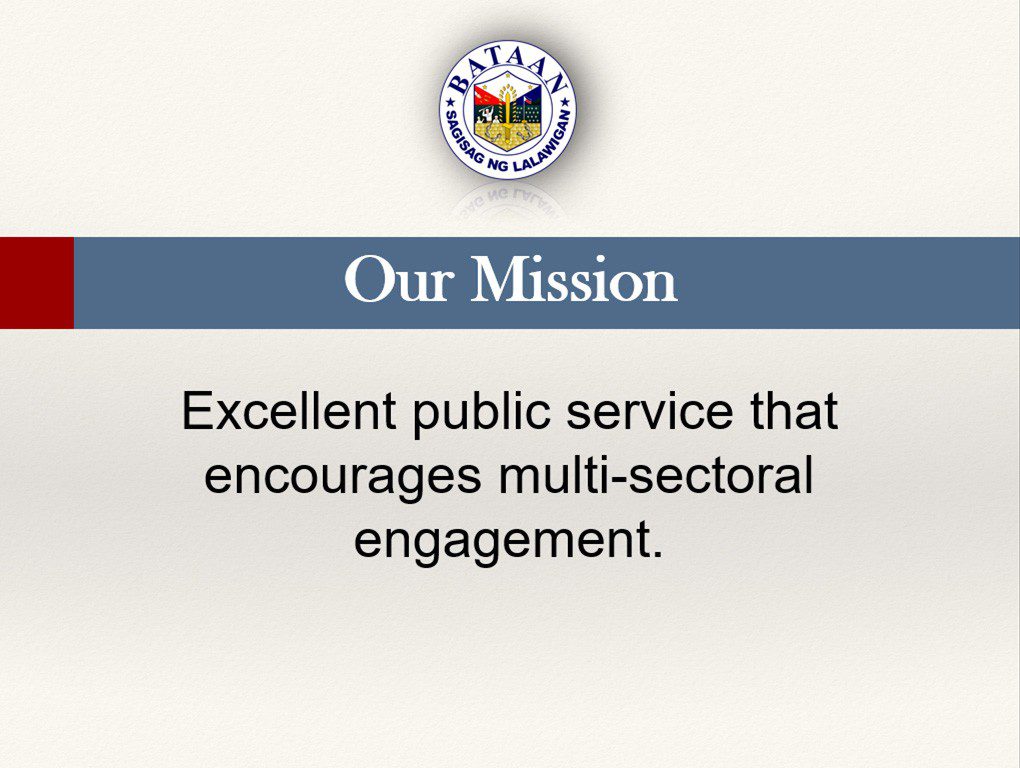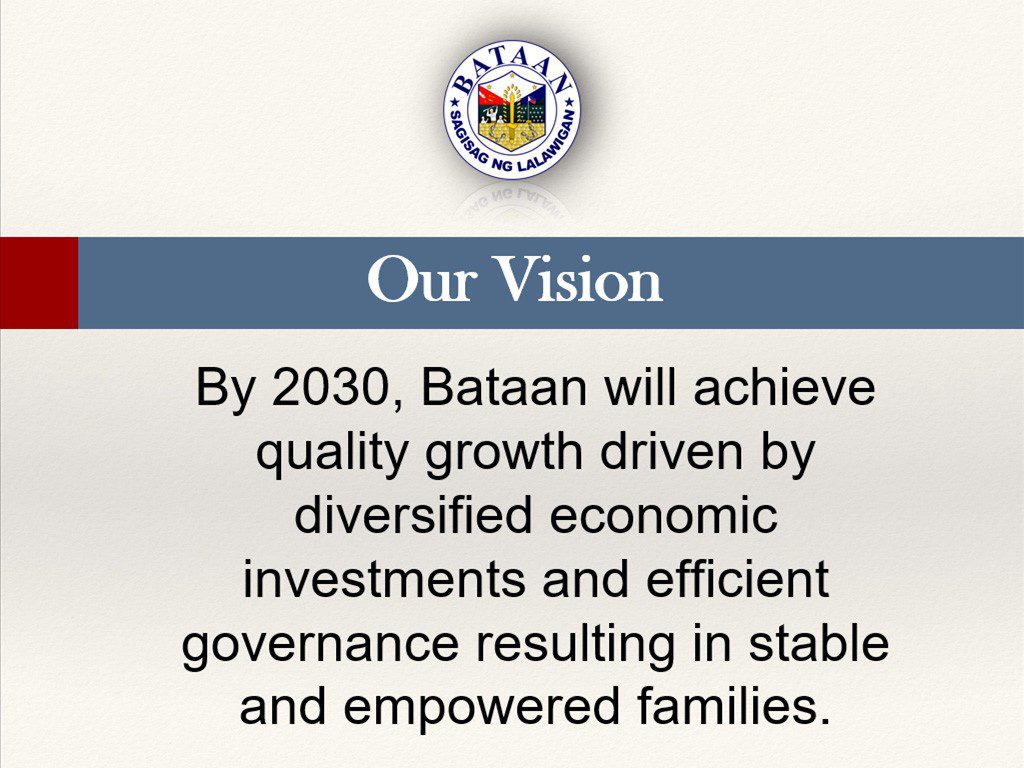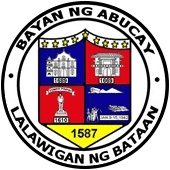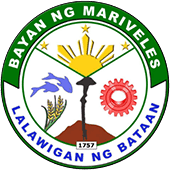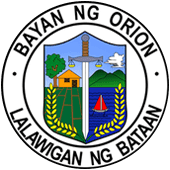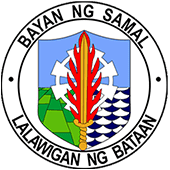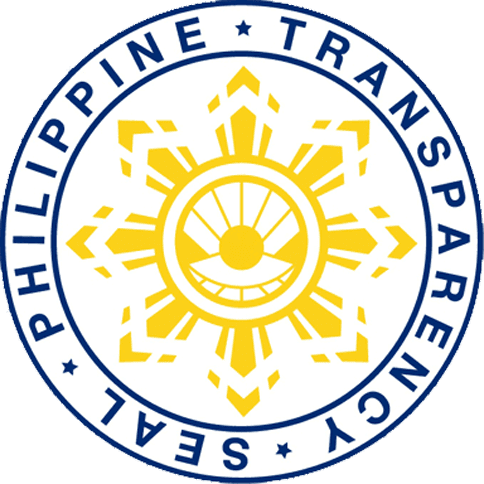Performance Governance System
- Home
- Performance Governance System

Performance Governance System
The Performance Governance System is a participatory process in line with the principles and best practices of good governance and responsible citizenship. It calls for effective, sustained, and systematic contributions from individuals and institutions for the common good of their institution or community and of the Philippines as well as the long term development of the Filipino.
Core Values
- Integrity – Firm adherence to honesty and accountability to enhance public trust
- Humility and Simplicity – Services with compassion and leading simple lives
- Commitment to Excellence – Dedication and passion to serve and to ensure that we will always be better than before and better than expected
- Holistic – Balanced approach for the welfare of people and the environment
- Unity – Working together towards common goals while respecting diversity

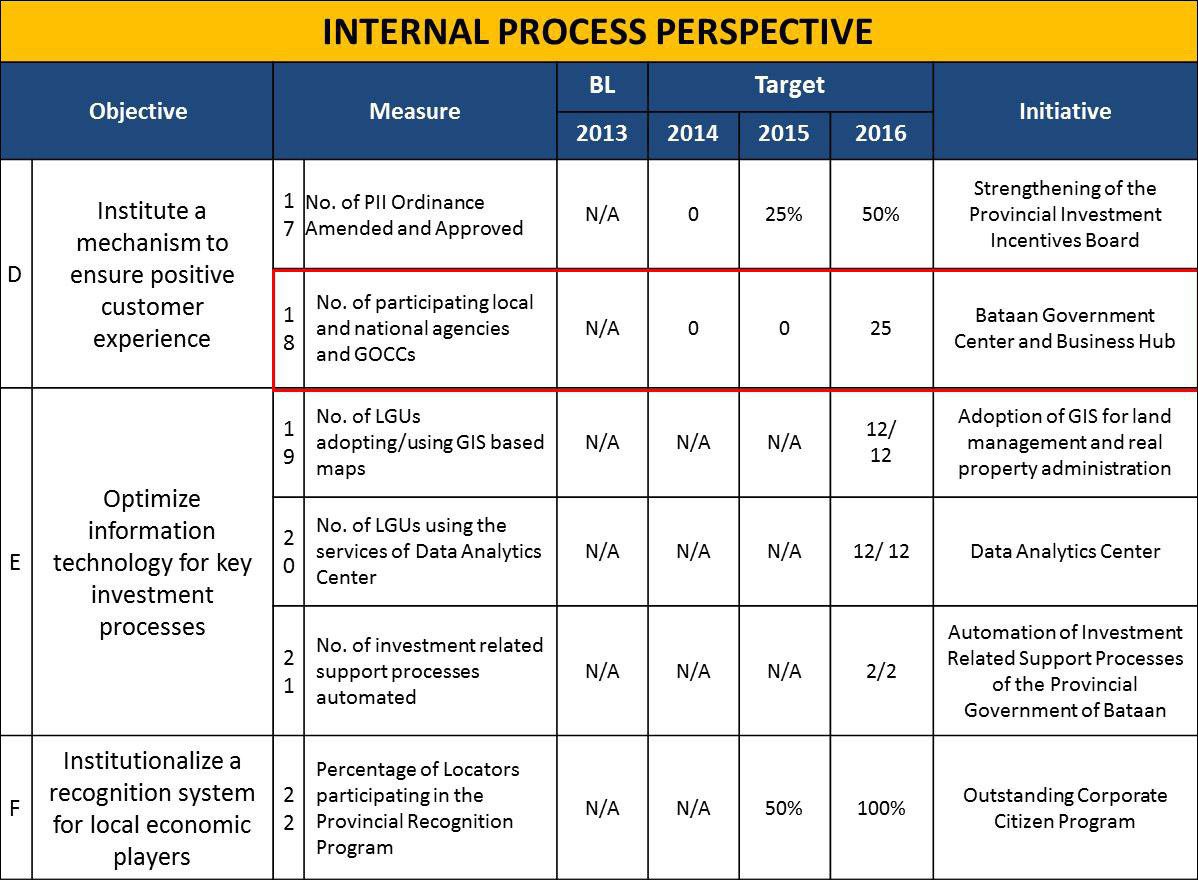

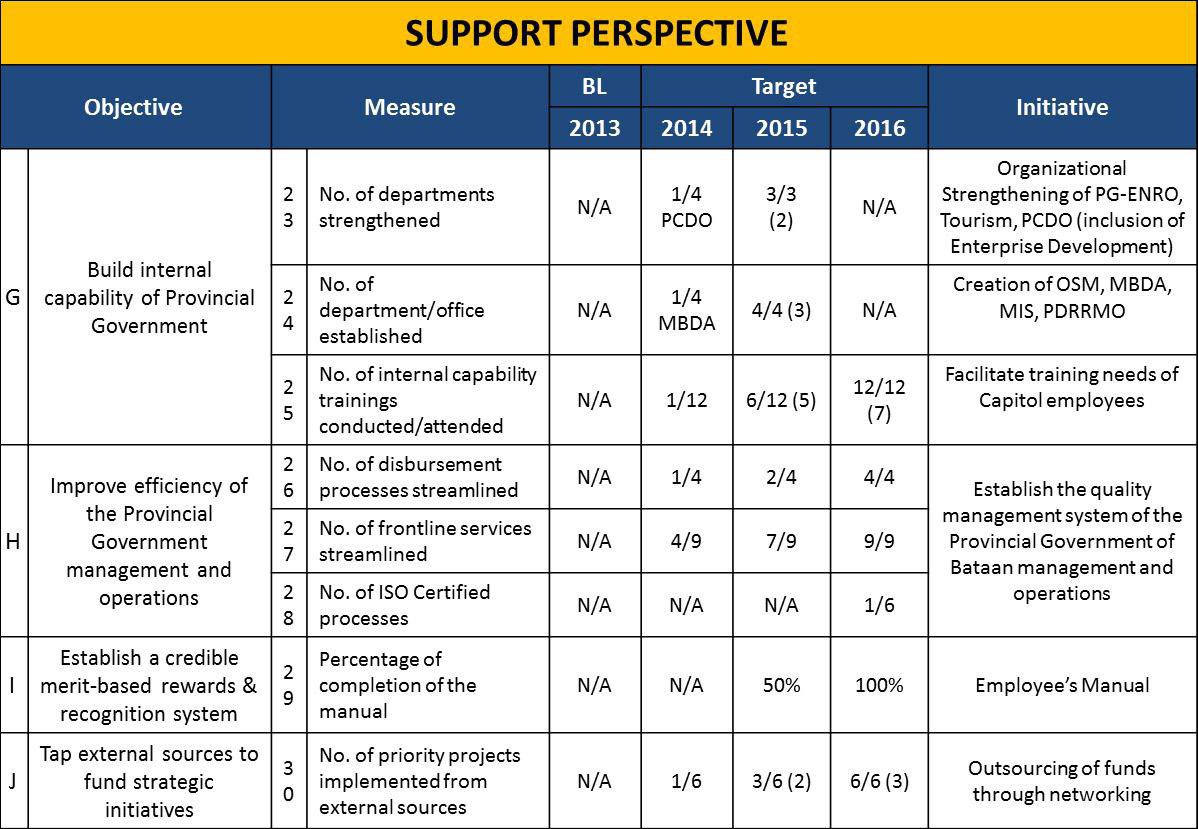
IGG Breakthrough Commitments
Bataan Environment Safety and Sustainability Center
Functions:
- Environmental Permitting Assistance
- help industries and investors navigate through the environmental permitting process with a streamlined approach.
- Compliance and Monitoring
- Air Quality
- Wastewater/ Water Quality
- Environmental Compliance Monitoring During Construction
- Pollution Prevention Opportunity Assessment
- Environmental Safety Programs
- Environmental, Health & Safety (ESH) Training Programs
- Hazardous Material & Waste Management Plans & Training
- Training & Audits for Environmental, Health & Safety Compliance
FAQs
The term limits of elected and appointed officials pose a challenge to continuity and progress in many governance situations. To promote strategies that can be sustained in the long-term, the PGS involves stakeholders from the private sector as well as career civil servants. They play an oversight role in the implementation of the strategy. By building capacity around the stakeholders, changes in leadership are less likely to disrupt progress in the implementation of long-term plans.
The term ‘”breakthrough results” is used to define a benchmark of transformation in accomplishing strategic goals. Breakthrough results are sought in four area: learning and growth, internal processes, finance, and social impact.
The PGS strategic planning process is initiated by identifying 15-20 year long-term goals with target “breakthrough results” positioned as milestones every 3-5 years. These are to track progress.
Sample results include improved tax collection efficiency, an increased number of water-sanitation facilities, increased literacy rates or increased efficiency in issuing business licenses and permits.
Realizing clear, concrete and tangible results requires expertise. The Institute for Solidarity in Asia (ISA) is the sole institutional partner of the creators of the Balanced Scorecard (Harvard Business School) through its management consultancy outfit, Palladium Group. It taps on its local partners (management and strategy consultants) and the experience of various heads of both private and public organizations seated on ISA’s Board of Trustees and Fellows as it guides its Partners through the PGS.
This is ISA’s guarantee that the PGS process has a perfect fit with the BSC Technology that has brought results to various organizations around the world. If ISA sees that an organization is executing the PGS effectively, it can nominate the Philippine public institutions to be part of the world-renowned Balanced Scorecard Hall of Fame.
The Bunker
@ The Capitol Compound
Tenejero, Balanga City, Bataan 2100
Mon – Fri: 8:00 am – 5:00 pm


